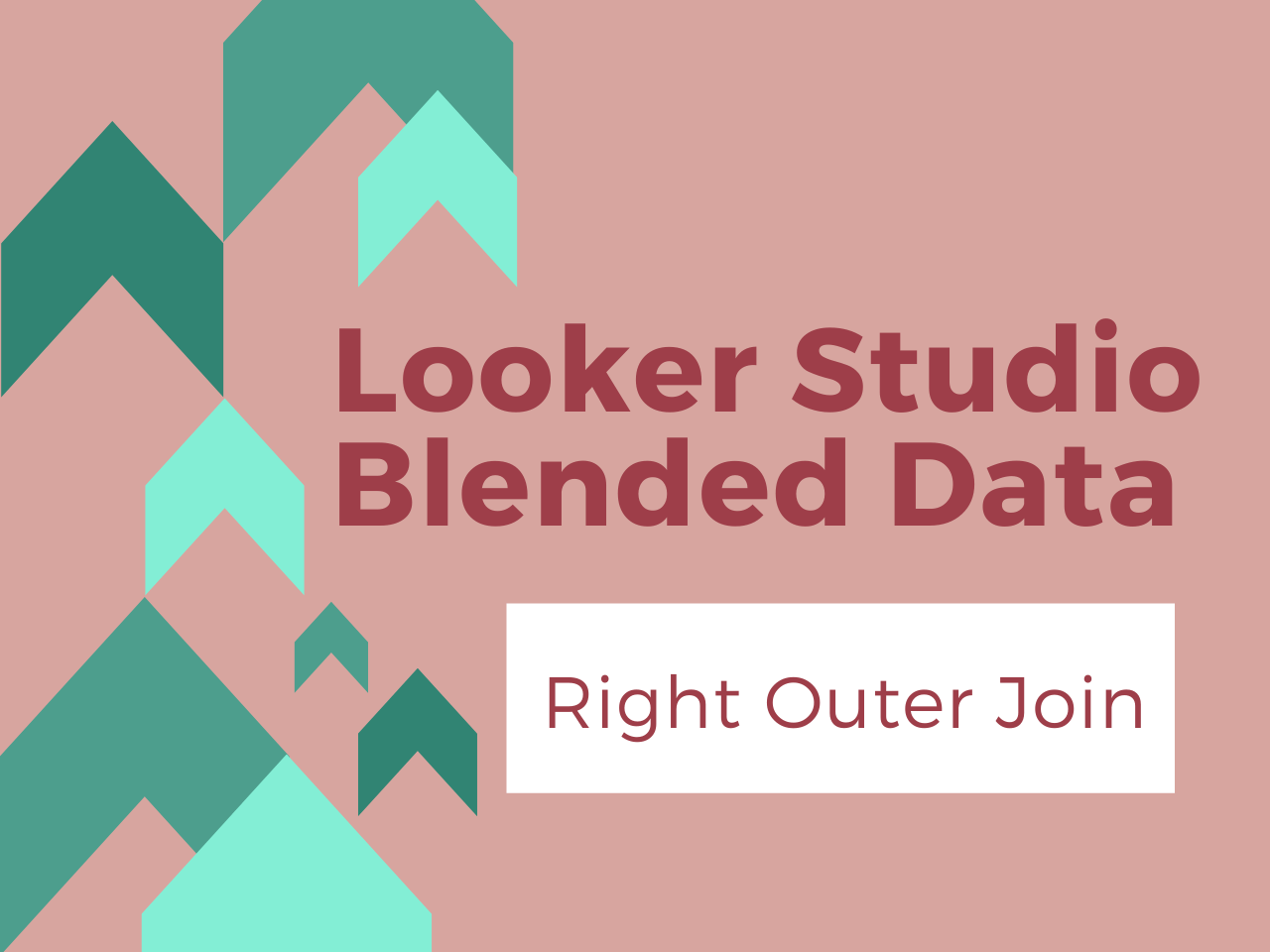Blended Data in Looker Studio – RIGHT OUTER JOIN Made Simple

In data analysis, efficiently combining data from multiple sources is crucial. Among various types of joins, the Right Outer Join is particularly useful in certain scenarios. This article delves into the concept of Right Outer Join and how to utilize it in Looker Studio.
In the previous article I’ve explained what left outer join is, check it out.
Right Outer Join
A Right Outer Join (also known as Right Join) is a type of join that returns all records from the right table (table B) and the matched records from the left table (table A). If there is no match, the result is NULL on the side of the left table. This join is particularly useful when you need a complete dataset from one table, regardless of whether there is a corresponding record in the other table.
In practice, it is very easy.
Here we have 2 tables with Google Ads (left table) and Facebook Ads (right table). We can match the tables based on the Date. There is a match – 6th, 5th and 4th of August. The only differences are August, 9th in the left table, and August, 7th in the right table.
Basically, as we are using a right outer join, we will use all the rows from the right table and leave aside the unmatching row from the left table – in this case 9 August.
Setting up the join
Creating a blended data source is pretty simple.
First of all, you need to name the tables, add dimensions and metrics. There has to be a column in common in both of the tables – here Date.
Then you choose the type of join (Right Outer Join) and set up a join condition – a column in common. And that’s it! Here is what our final table looks like!
Summary
Hope this explanation of what the right outer join is was useful for you! If you have any questions about blended data and, particularly, right outer join, I’ll be glad to help you understand!
